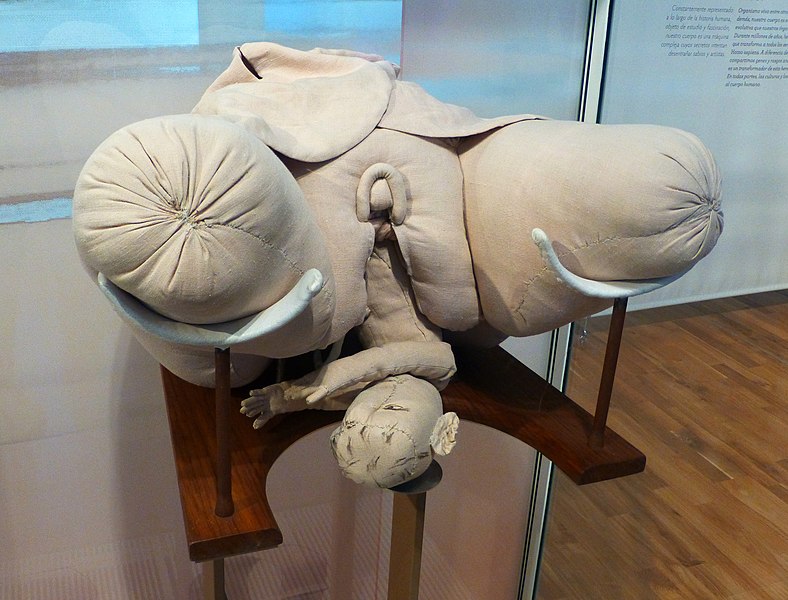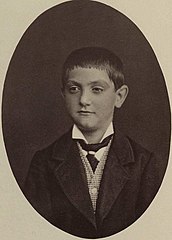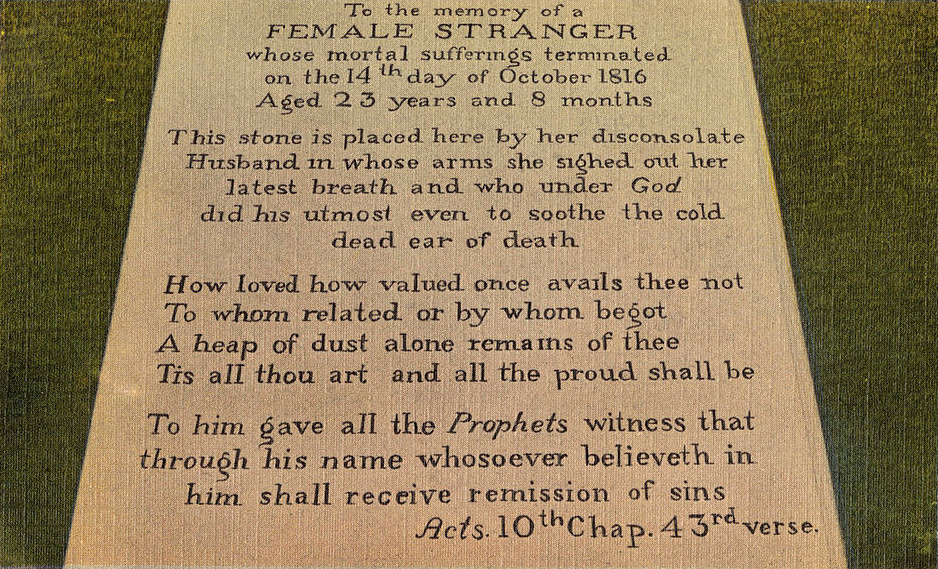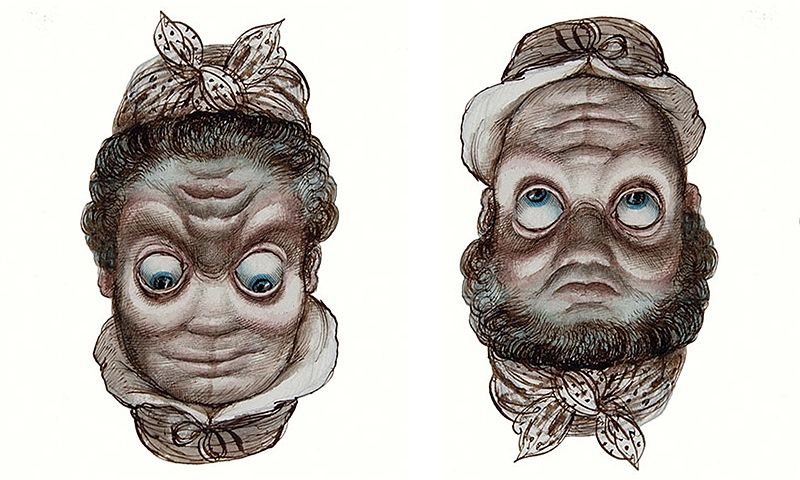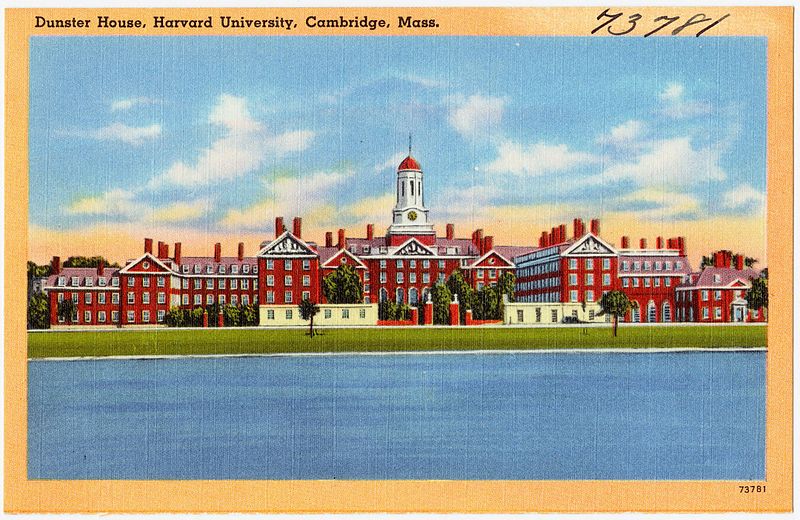In his 1864 autobiography Passages From the Life of a Philosopher, Charles Babbage describes an “amusing puzzle.” The task is to write a given word in the first rank and file of a square and then fill the remaining blanks with letters so that the same four words appear in order both horizontally and vertically. He gives this example with the word DEAN:
D E A N
E A S E
A S K S
N E S T
“The various ranks of the church are easily squared,” he writes, “but it is stated, I know not on what authority, that no one has yet succeeded in squaring the word bishop.”
By an unlikely coincidence I’ve just found that Eureka put this problem to its readers in 1961, and they found three solutions:
B I S H O P B I S H O P B I S H O P
I L L U M E I N H E R E I M P A L E
S L I D E S S H A R P S S P I N E T
H U D D L E H E R M I T H A N G A R
O M E L E T O R P I N E O L E A T E
P E S E T A P E S T E R P E T R E L
The first was found by A.L. Cooil and J.M. Dagnese; the second by A.R.B. Thomas; and the third by R.W. Payne, J.D.E. Konhauser, and M. Rumney.
12/10/2023 UPDATE: Reader Giorgos Kalogeropoulos has enlisted a database of 235,000 words to produce more than 100 bishop squares (click to enlarge):

This is pleasing, because it’s a road that Babbage himself was trying to follow in the 19th century, laboriously cataloging the contents of physical dictionaries after an algorithm of his own devising — see page 238 in the book linked above. (Thanks, Giorgos.)

